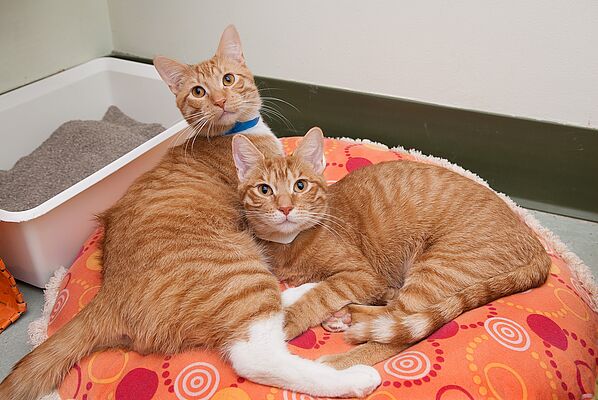The general rule of thumb is having the same number of litter boxes as cats, plus one. A litter box should be private and easily accessible.
Place it in a quiet spot away from your cat’s food and water, where he will not be disturbed by other family members or pets. A house with several floors should have a box on each floor.
Feel free to experiment with types of litter boxes and litter. Once you know what your cat likes, stick with it. If you need to move the litter box or change the type of litter or litter box, do so gradually. Making these types of changes quickly could make a confident, secure, content and relaxed cat anxious and stressed.
Clean the litter box at least twice a day. A dirty litter box is the single most common cause for a cat’s refusal to use it. If you’re using nonclumping litter, scoop it daily and empty and wash the litter box every other day. If you’re using clumping litter, scoop it daily and wash the litter box when it is soiled or when you change out the litter (every 1 to 2 weeks). When you wash the litter box, use hot water and a mild dishwashing liquid. Do not use harsh chemicals that leave a lingering odor. Thoroughly rinse the litter box after cleaning.

